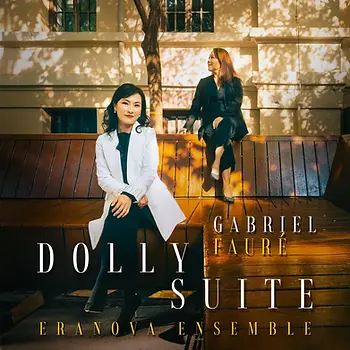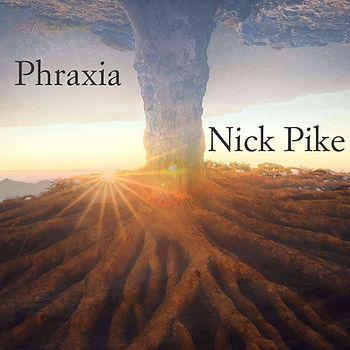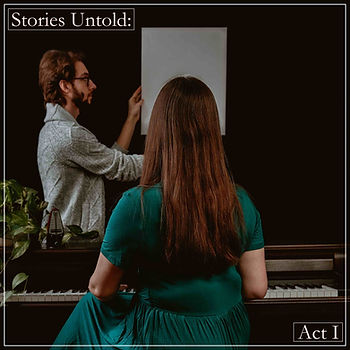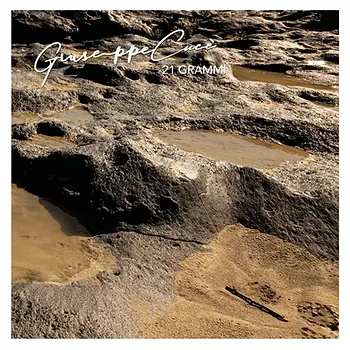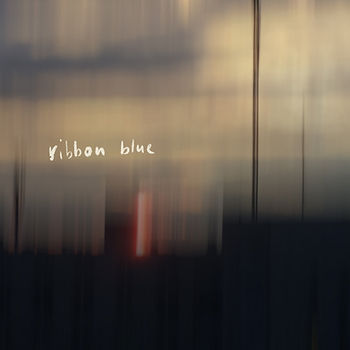Tranquil is a classical solo piano piece composed and performed by Arashk Azizi and published by Tunitemusic.
The full name of this piece according to its artist is Piano Poem in C-sharp minor, Op. 7 “Tranquil”. But it has been released as “Tranquil” to be more convenient and memorable for the audience.
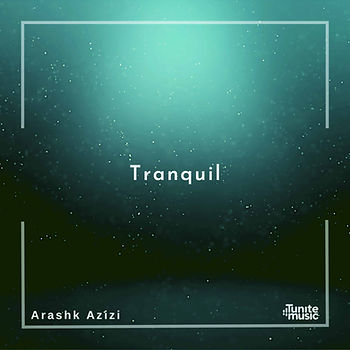
How to read the name of the piece:
Yes, that’s how classical pieces are named. You probably have seen this kind of naming in the works of great classical composers like Mozart and Chopin. But these names are not a random series of words and they mean something. Let’s go through them for this piece, one by one.
“Piano Poem” is the form of the piece, a form developed by Arashk himself. It is something between a Nocturne and Impromptu. Meaning the piece is emotional but also with a hint of improvisation. Not that this piece is improvised, but it creates the feeling of a free and improvised piece. You can feel this improved mood in Azizi’s previous Piano Poems, “Cascade” and “Still moment”. In the new piano poem, he put more effort into the emotional part and it is in fact closer to a Nocturne.
The “C-sharp minor” in the original title shows the key of the piece. Of course, like any other classical piece, the harmony goes through a series of modulations and changes the key several times. But it starts in C-sharp minor and ends there.
The “Op. 7” part, shows that this piece is Arashk Azizi’s 7th official released work. It does not mean that it is his seventh composition, the Op. counts only the released music of the artist. If you saw “Posth” somewhere, it means the piece is Posthumus, meaning it has been released after the artist’s death.
In most of the classical pieces, you’ll see another part after the name or the nickname of the pice, something usually in Italian, like Andante, Largo, or Presto. These phrases show the speed and the mood of the piece. Arashk Azizi decided not to add this part to the original name of the piece, but if he would want to do that, this piece could be an Andante and the full name of the piece would be, Piano Poem in C-sharp minor, Op.7 “Tranquil”: Andante.
Analysis:
Tranquil means calm and quiet. And as it is named, it sounds. The piece is performed softly, with a rubato technique. It means that the tempo of the piece is not fixed like a metronome and it goes a bit (only a bit) higher or lower based on the passages of the piece. This is a common technique, especially for solo piano pieces from the romantic era onwards.
Tranquil has a deep base doubled in octave and played on the left hand, throughout the whole piece, except for a small break. The right hand is carrying both the main arpeggio and the melody. This reminded me of a very famous piece with the same beginning. Piano sonata no.14 in C-sharp minor, Op.27 by Ludwig von Beethoven. The same piece that is known as the “Moonlight” sonata. Of course, I’m talking about the first movement only. Even the key is the same as Tranquil.
Although the beginning of Tranquil sounds like the Moonlight sonata, the development of these two pieces is completely different. In Tranquil, we start to hear the first modulation after about a minute, then after a series of changes in the key, the whole arpeggio goes down to the bass, and the right hand plays a very simple melodic line with a slower beat. It does not take long that we go back to the same form and the main key and start hearing the main melody from the beginning of the piece again. Only after one modulation, the piece comes to a calm and sweet end, leaving the audience in a craving to listen to it again.
The Piano Poem:
As mentioned before this piece is a piano poem, but it might not be a familiar form for everybody since this is a new form developed by Arashk Azizi.
Piano Poem is created for solo piano. The texture of the piece is homophonic and it usually consists of a catchy melody. Piano Poem is always based on a story or a narrative of any kind. Though it does not mean that it is necessary to know the story to understand and enjoy the piece. Like any other program music, Piano Poem is a complete form on its own, and so far Arashk has not given the story behind his piano poems. So you should just listen and enjoy these pieces as any other solo piano.
Of course, just by listening to a Piano Poem, you can feel the narrative quality of the music. It is as if you are listening to a soundtrack, music that accompanies a movie or a short story. And that’s all the artist wants out of the story. The audience giving life to the piece in their mind and accompanying it with their own ideas or memories is what Piano Poem is looking for.
You can learn more about Piano Poem by visiting Arashk Azizi’s website and listening to more pieces in this form.
Conclusion:
Well, in the end, whatever form the piece is, or whatever it wants to say, you have to just listen to it and see if this piece speaks to you or not. We can analyze a piece objectively, but when it comes to connecting to a piece of music, it is up to you, the audience.
As for myself, I like Tranquil and I advise you to listen to it. There is a chance that you get to love it too. If you read the whole review about this piece, it would be a shame not to listen to it too.
As a form, Piano Poem was recently developed. So far I enjoyed listening to all of Piano Poems by Arashk Azizi and I think I will continue to do so. We should wait and see what the future brings for us. How will Azizi continue this form and how other composers take over this form and create their own transcription of it.

